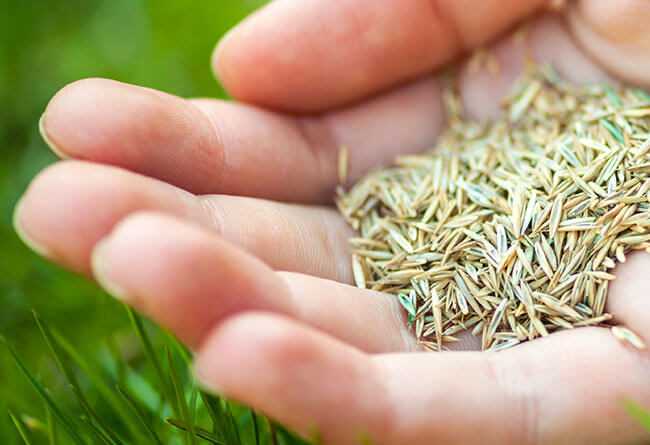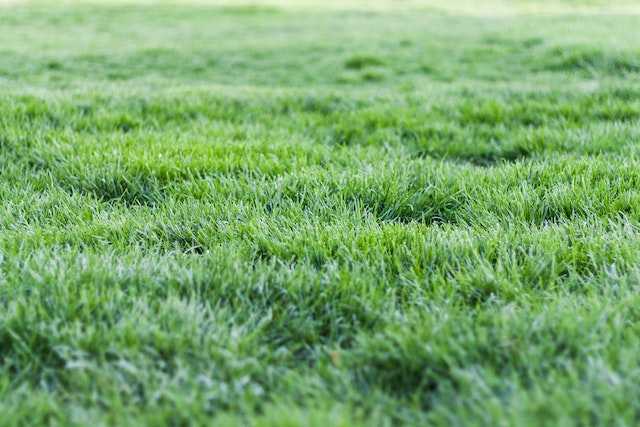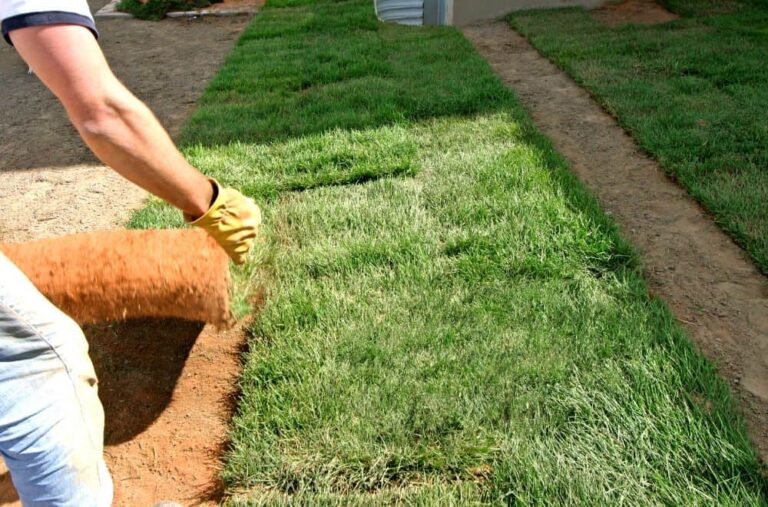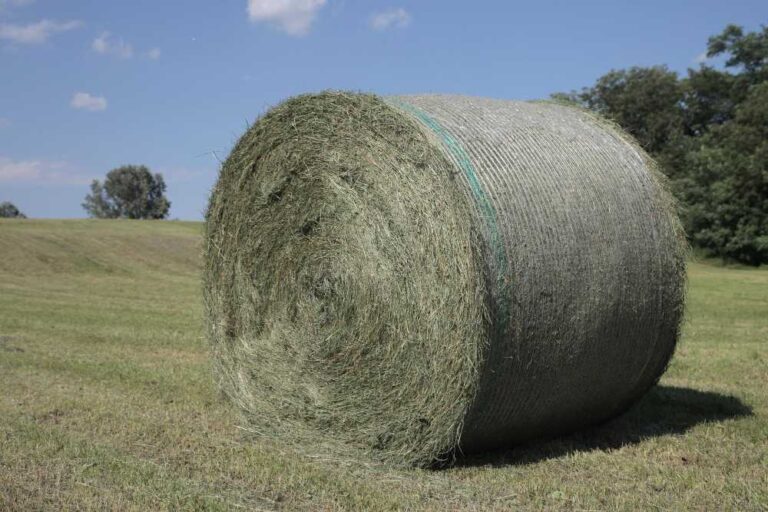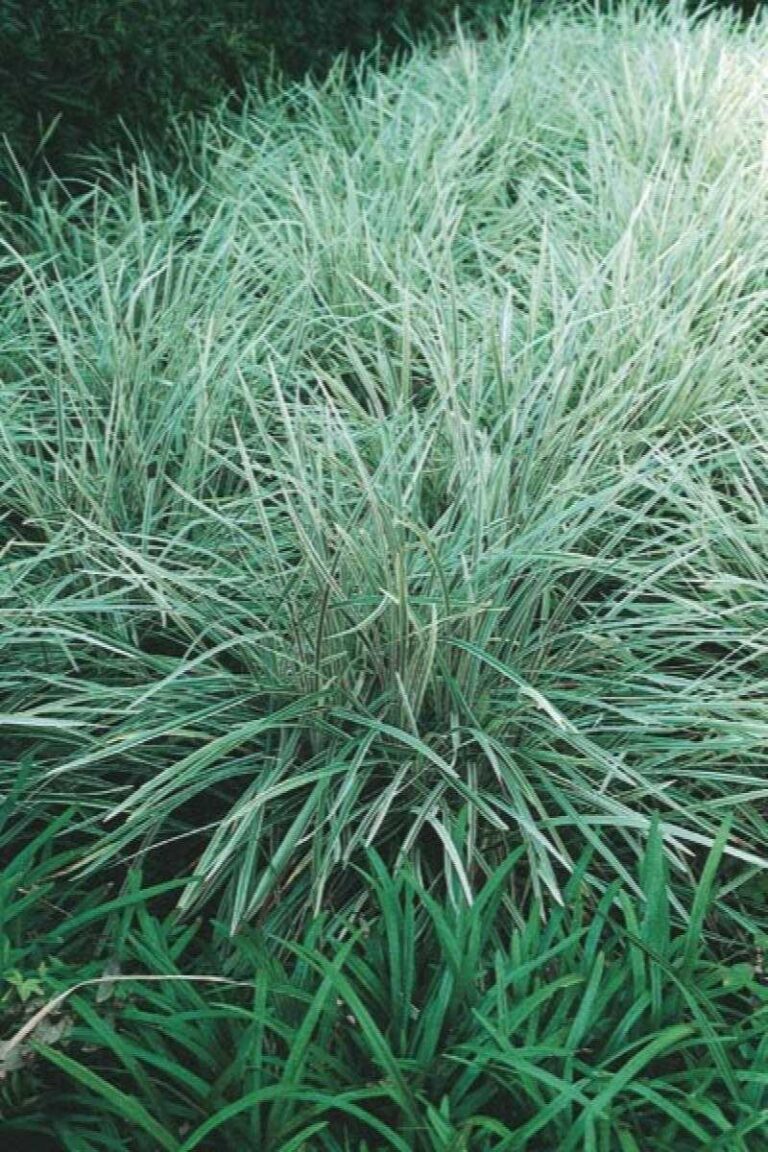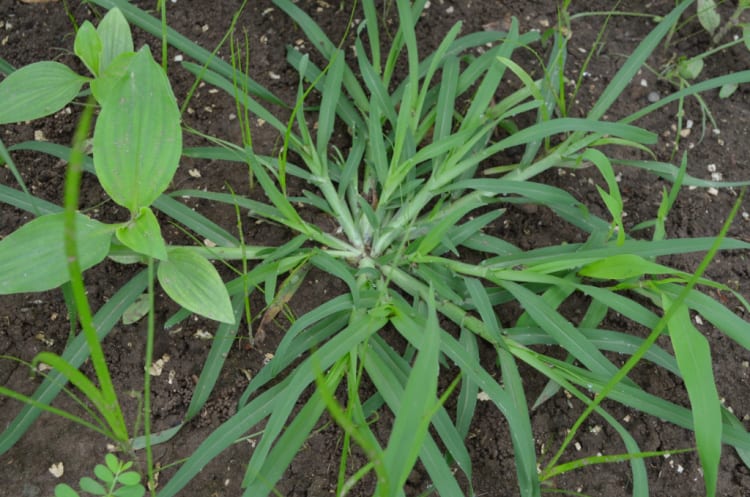Why Is Grass Seed So Expensive? 15 Facts Behind the Pricing
Grass seed, an apparently straightforward requirement for a verdant lawn, frequently catches consumers off guard with its substantial price. Despite its perception as a basic commodity, the expense attached to grass seed can be startling. Although the appeal of a lush lawn is unquestionable, the rationale behind the seemingly high cost of grass seed commonly eludes the average buyer.
To unravel this puzzling phenomenon, let’s investigate why is grass seed so expensive by considering 15 essential reasons:
Reasons Why Is Grass Seed So Expensive
1. Research and Development
Each premium grass seed is backed by extensive research and development. Growing robust, disease-resistant, and visually appealing grass variants demands extensive scientific dedication. Seasoned agronomists and horticulturists pour substantial time and resources into crafting novel seed varieties boasting superior traits, such as resilience against drought, tolerance to pests, and adaptability to diverse soil compositions and climates. These efforts significantly contribute to the cost.
2. Specialized Cultivation
Specialized cultivation methods contribute to the elevated cost of grass seeds. Unlike conventional crops, grass seeds often require unique and meticulous growing conditions to ensure the genetic purity of specific varieties. This specialization involves dedicated land, precise irrigation systems, and tailored fertilization approaches.
Maintaining isolation to avoid cross-pollination with unwanted grass varieties introduces an additional level of intricacy to the cultivation procedure. Consequently, the specialized requirements for cultivating grass seeds necessitate heightened resources, expertise, and diligence, ultimately leading to elevated production costs that are transferred to consumers.
3. Seed Purity and Quality Control
Guaranteeing the purity and quality of grass seeds stands as a foundational element influencing their overall cost. Seed producers invest extensively in rigorous quality control measures to maintain high standards. This includes meticulous monitoring of seed purity, germination rates, and overall genetic integrity. The implementation of advanced technologies and specialized equipment for quality testing adds to the production expenses. Consumers seeking reliability of the seeds they purchase indirectly bear the costs linked to rigorous seed purity and quality control.
4. Technological Advancements
Incorporating new technologies into agriculture significantly impacts the pricing of grass seeds. Advancements like precision farming, automated harvesting, and advanced seed processing equipment not only boost efficiency and yield but also necessitate considerable financial investments by seed producers for their adoption and maintenance. The upfront costs associated with acquiring and implementing advanced agricultural machinery and systems can contribute to the overall expense of producing high-quality grass seeds. As technology continues to advance, staying at the forefront of innovation becomes a cost factor that influences the final pricing of grass seeds.
5. Limited Shelf Life
The viability of grass seeds is essential for successful germination, and their shelf life is inherently limited. To preserve their vitality until they reach the end consumer, seed producers are required to allocate resources to invest in suitable storage facilities and meticulous handling procedures. The expenses associated with maintaining these storage facilities, coupled with the necessity for careful handling and packaging, contribute significantly to the overall costs incurred in the production and delivery of grass seeds.
6. Geographic Location and Climate
The cost of grass seeds is substantially influenced by the geographical location and climate of seed production areas. Specific grass varieties excel in particular climates and soil conditions, making it essential to establish cultivation sites in optimal regions. Farms situated in climates susceptible to extremes might need extra investments in protective measures such as greenhouses to guarantee a consistent and high-quality seed yield.
Additionally, transportation costs may escalate if the production site is distant from distribution centers. These geographical and climatic considerations impact the production expenses and influence the overall pricing of grass seeds, making them relatively more expensive in regions with less favorable growing conditions.
7. Economic Factors
Economic factors play a vital role in shaping the pricing dynamics of grass seeds. The variability in grass seed prices is driven by fluctuations in commodity prices, rising production input costs, and fluctuations in currency values. Moreover, the pricing strategies employed by seed producers are shaped by market demand and competition within the industry. Consequently, economic considerations play a pivotal role in shaping market conditions that ultimately impact the pricing structure of grass seeds.
8. Regulatory Compliance and Testing
Securing compliance with stringent regulatory standards is a pivotal factor influencing the cost of grass seeds. Producers of these seeds are mandated to undergo meticulous testing procedures to satisfy certification criteria, ensuring the excellence of their products in terms of quality, purity, and germination rates. Adhering to these compliance measures necessitates significant investments in testing equipment, facilities, and skilled personnel. Meeting the demanding standards established by regulatory bodies contributes substantially to the overall expenses of grass seed production, exerting upward pressure on the final market price of these seeds.
9. Supply and Demand
The foundational economic principle of supply and demand significantly influences the pricing of grass seeds. With an increasing demand for high-quality grass seeds propelled by homeowners, landscapers, and turf managers seeking top-tier varieties, the limited supply may face challenges in keeping up.
The complex procedure of growing, testing, and certifying these seeds requires significant time and resources, establishing a fragile balance between supply and demand. The resulting shortage of premium seeds in the market may trigger a surge in prices as consumers show a willingness to pay extra for the guarantee of quality and performance. The interaction between supply and demand becomes a crucial determinant of the cost of grass seeds.
10. Seed Treatments and Coatings
Seed treatments and coatings are integral components that contribute to the overall cost of grass seeds. These specialized processes involve applying protective layers, nutrients, or fungicides to enhance seed performance and promote successful germination. The application of advanced technologies and the use of high-quality materials in seed treatments add to the production expenses. While beneficial, these treatments add to the seed’s cost.
11. Pest and Disease Management
Ensuring the quality and health of the seed crop is vital in grass seed production, and this involves a significant contribution to the overall cost through effective pest and disease management. Producers employ rigorous pest control measures and disease management strategies, utilizing pesticides, fungicides, and other preventive actions to shield the growing grass from potential threats. The financial investment in these practices not only safeguards the seed crop but also introduces an extra layer of expenditure to the production process, thereby impacting the ultimate price of grass seeds in the market.
12. Environmental Concerns and Sustainability
The growing recognition of environmental issues and the emphasis on sustainable practices have a notable effect on the cost of grass seeds. Adhering to sustainable seed production practices often demands extra investments in environmentally conscious technologies and responsible land management.
As consumers increasingly prioritize sustainable options, seed producers responding to these demands may incur higher costs, contributing to the overall expense of environmentally friendly grass seeds. Consequently, the commitment to ecological stewardship becomes a contributing factor to the premium price of seeds produced with sustainability in mind. Seed producers investing in sustainable methods might pass these expenses onto consumers.
13. Crop Failure and Yield Variability
Another reason why is grass seed so expensive is uncertainties linked to crop failure and the variability in yields. Environmental elements like unpredictable weather patterns and pest infestations wield substantial influence over the outcome of a seed crop. Crop failures or diminished yields can give rise to shortages for seed producers, consequently escalating the overall costs of production.
In an effort to mitigate these risks, producers often implement additional measures, including crop insurance and pest control, all contributing to the overall expenses associated with cultivating and delivering high-quality grass seeds. The unpredictability of agricultural outcomes introduces a level of financial uncertainty, inevitably reflected in the pricing of grass seeds.
14. Limited Availability and Distribution
The availability of high-quality grass seed varieties might be limited due to various factors. Some premium grass cultivars are exclusive and not mass-produced, leading to restricted availability in the market. Additionally, the distribution channels for specialized grass seed varieties might be narrower compared to more common seeds, further impacting their price due to limited supply and higher demand.
Additionally, the intricacies of transporting and distributing grass seed across various regions can augment the ultimate expense. Factors like packaging, storage, transportation, and marketing expenditures all contribute to the overall pricing, particularly for specialized or niche varieties that demand meticulous handling and distribution.
15. Patents and Intellectual Property Rights
Some grass seed varieties are protected by patents or intellectual property rights. Companies investing in innovative seed technologies often secure patents to safeguard their inventions. The costs associated with acquiring and maintaining these rights add to the seed’s overall price.
The Bottom Line
In summary, what appears to be a simple purchase of grass seed masks a multitude of factors that drive up its price. All the factors listed above contribute significantly to its final cost. Knowing why is grass seed so expensive empowers you to make informed decisions while appreciating the value inherent in the seemingly simple act of growing a lush, green lawn.
